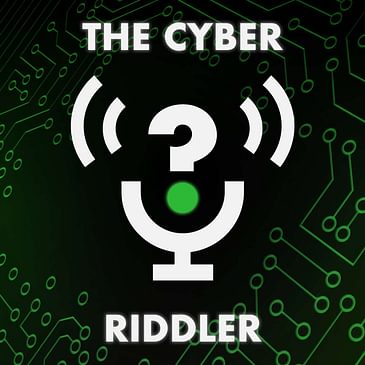In this episode of The Cyber Riddler podcast, we venture into the shadowy world of zero-day exploits, one of the most well known threats in the cybersecurity world . Zero-day exploits represent vulnerabilities that can be targeted before they are even known to exist, making them a significant concern for both organizations and individuals. We explore the lifecycle of a zero-day exploit, from discovery and weaponization to delivery and exploitation. Through notable case studies, we illustrate the profound impact these exploits can have. Additionally, we discuss the challenges faced by incident responders in dealing with unknown threats and the strategies that can be employed to defend against them.
- Twitter: @almorabea
- Twitter: @CyberRiddler
- Website: https://thecyberriddler.com


